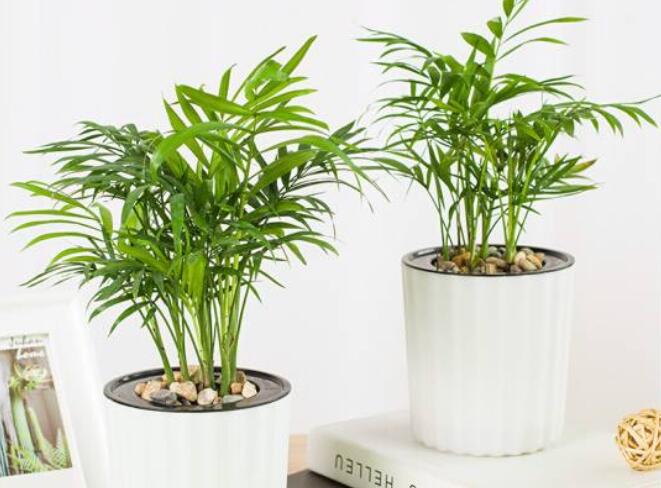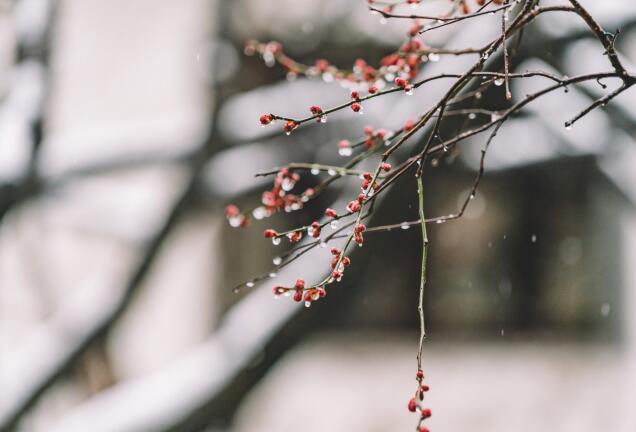Jerusalem artichoke (Jerusalem artichoke) planting methods introduced! What are the planting prospects for 2019?
Jerusalem artichoke, also known as artichoke, guizi ginger, chrysanthemum, five-star grass, pan Qiang and so on, is an herb of the genus Asteraceae. Its underground stem is not only edible, but also medicinal, and can also be used as raw materials for starch and alcohol production. So, how to grow Jerusalem artichoke? What are the planting prospects for 2019?

A brief introduction to Jerusalem artichoke!
1. What does Jerusalem artichoke look like?
It is a perennial herb, 1-3 meters tall, with erect stems, branched, white hispid or bristled; leaves oval, ovate-elliptic, broadly lanceolate, long-elliptic, white hirsute above and pilose below; flowers solitary at the end of branches from August to September, yellow in color, bracts lanceolate, stipules oblong, tongue long-oval; tuberous underground stems and fibrous roots.
2. How to eat Jerusalem artichoke?
Its underground stem can be eaten raw, fried, boiled or sliced and fried, and can be pickled into pickles or preserved ginger. In addition, its tubers, stems and leaves can be used as silage to feed rabbits, pigs, sheep, donkeys, horses and so on.
How to grow Jerusalem artichoke?
1. Soil: the requirement of soil is not strict.
It is resistant to barren and does not have strict requirements on the soil. except for acid soil, swamp and saline-alkali land, all other soils can be planted, such as ruins, houses and roadsides.
2. Sowing: sow seeds after thawing in spring.
Generally sowing after thawing in spring, tubers weighing 20-25 grams can be selected for sowing. Tuber seeds per mu need 50 kg, plant row spacing 0.5 × 0.5 m, sowing depth 10-20 cm, and seedlings emerge about 30 days after sowing.
3. Temperature: can withstand low temperature but can not expose the ground.
It has strong cold tolerance and can withstand temperatures of-40 ℃ or lower, but it should be noted that its tubers must be under sand, covered with at least 1 cm thick sand, and should not grow naked; early spring seedlings can tolerate light frost, autumn leaves can withstand short-term temperature of-4 ℃ 5 ℃, temperature between 18 and 22 ℃, light for 12 hours, which is conducive to tuber formation.
4. Watering: sufficient water can increase the yield.
It is very resistant to drought, but sufficient water can greatly increase the yield. The four key periods of watering are seedling stage, jointing stage, budding stage and tuber expansion stage, and the watering time is mid-April, late May, mid-August and mid-October, respectively. If there is no serious drought in normal years, it generally does not need watering. If there is a continuous drought in summer and autumn, it should be watered once in mid-late August.
5. Fertilization: adequate nutrients can increase yield.
Although it is resistant to barren, sufficient nutrients can increase the yield; it is necessary to apply sufficient base fertilizer in the year before sowing, generally applying 5000 kg of miscellaneous manure and 15 kg of potassium sulfate per mu in autumn, and topdressing fertilizer twice in the growing period. the time is late May and early budding, the former topdressing urea 10 kg per mu and the latter 15 kg potassium sulfate per mu.
6. Seedling replenishment, weeding, ploughing and bud picking
Generally, seedlings emerge about 30 days after sowing, seedling should be replenished in time after seedling emergence, weeding should be done once when seedling is replenished; 30-40 days after sowing, the soil should be ploughed and weeded once; before budding, the soil should be ploughed and weeded once; in the period of tuber expansion, flowers and buds should be picked to promote tuber expansion.
Harvest: harvest in the first ten days of October.
The regeneration of Jerusalem artichoke is extremely strong, and once planted, it can reproduce forever; in early October, its leaves and stems are completely frozen to death by frost, and underground tubers can be harvested; after harvest, tubers remain in the soil, but they can no longer be sown the following year.
3. What are the planting prospects of Jerusalem artichoke in 2019?
1. The underground tuber of Jerusalem artichoke is rich in a variety of substances, and its texture is white, crisp and tender, which can be eaten raw, fried, cooked or fried in slices, and can also be pickled into pickles or preserved ginger, which is an excellent raw material for making green food. Its roots, stems and leaves can be used as medicine, with the effect of clearing heat and cooling blood, bone grafting, and can treat fever, intestinal heat and blood, bone injury and other diseases.
2. The stems, leaves and roots of Jerusalem artichoke can be used as high-quality silage, which can be used to feed rabbits, pigs, sheep, donkeys, horses and so on. Its yield is very high, and its annual multiplication rate can reach 20 times. If we want to develop the breeding industry, planting this can solve the problem of feed, in addition, it plays a positive role in preventing wind and fixing sand, improving soil and so on.
3. Jerusalem artichoke powder can be obtained by grinding, which is rich in inulin, which is a natural functional edible polysaccharide with the physiological functions of water-soluble dietary fiber and bioactive precursors. It has been widely used in low-calorie, low-sugar and low-fat foods, and high-purity fructose can be directly produced by enzymatic hydrolysis.
Jerusalem artichoke is called "21st century common crop" by officials of the Food and Agriculture Organization of the United Nations. Nowadays, it is cultivated in most parts of China, and the market demand for it is limited, but it does not mean that its prospect is not good. With people's attention to health and the continuous development of Jerusalem artichoke deep processing technology, people's demand for it will continue to expand, and its market prospect is still very good.
Time: 2019-03-12 Click:
- Prev

Do pocket coconuts blossom? How to maintain before it will blossom?
Pocket coconut is a green potted plant that people like to raise in their homes. But some people never saw a pocket coconut blossom until it withered. Just like the grass is growing. So do pocket coconuts bloom? How to maintain before it will blossom? Do pocket coconuts blossom? Pocket coconuts are difficult, but they do blossom
- Next

What is the moral of plum blossom? What are the points for attention in planting?
Plum blossom is a traditional famous flower in China, and it has been argued that it has become a national flower. So what is the moral of plum blossom? What are the points for attention in planting plum blossoms? Below, there is an editor of Tuliu.com to answer them one by one. The moral of plum blossom, 1. The flower language of plum blossom is strong, noble, proud and unyielding, handsome and proud.
Related
- Fuxing push coffee new agricultural production and marketing class: lack of small-scale processing plants
- Jujube rice field leisure farm deep ploughing Yilan for five years to create a space for organic food and play
- Nongyu Farm-A trial of organic papaya for brave women with advanced technology
- Four points for attention in the prevention and control of diseases and insect pests of edible fungi
- How to add nutrient solution to Edible Fungi
- Is there any good way to control edible fungus mites?
- Open Inoculation Technology of Edible Fungi
- Is there any clever way to use fertilizer for edible fungus in winter?
- What agents are used to kill the pathogens of edible fungi in the mushroom shed?
- Rapid drying of Edible Fungi

